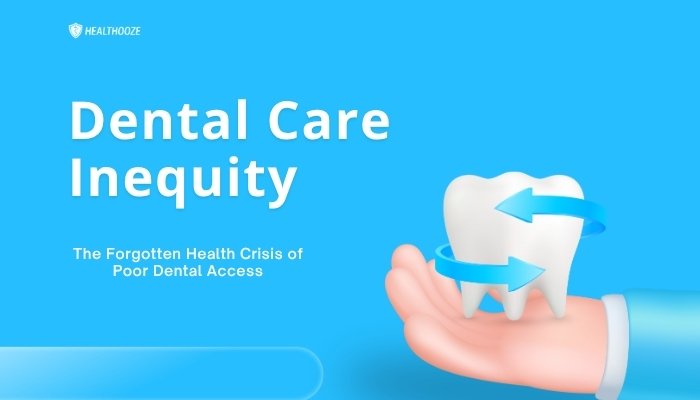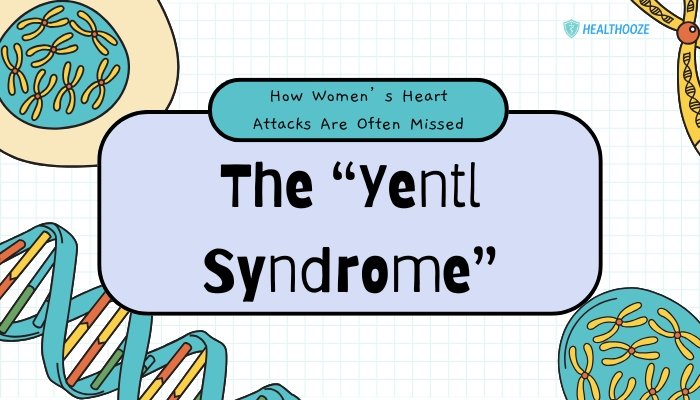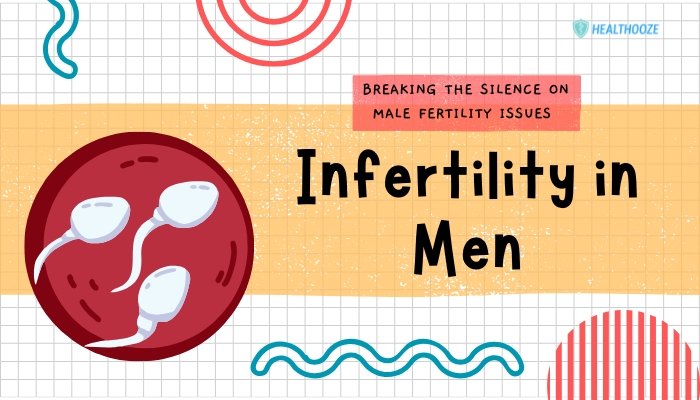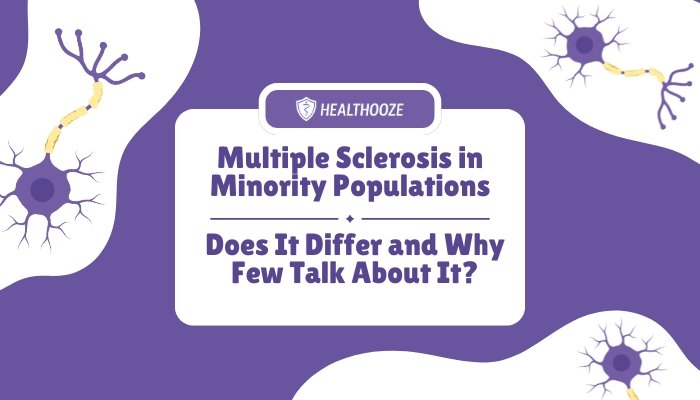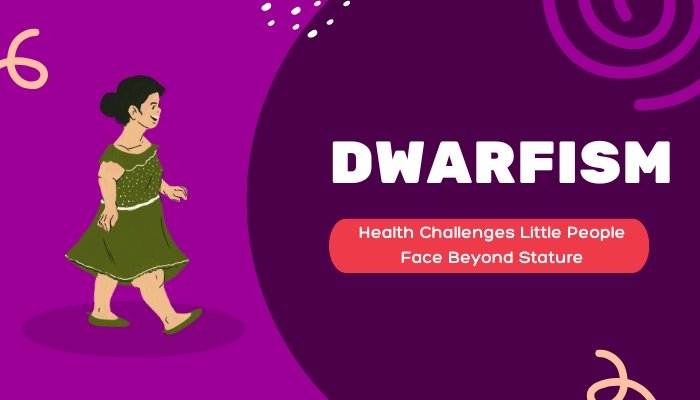Introduction
When people think of critical health crises, oral health often ranks low on the list. Yet dental care inequity is a major public health concern, with many low-income families, rural residents, and marginalized groups struggling to see a dentist.
Gaps in insurance coverage, high out-of-pocket costs, and inadequate provider networks mean that routine checkups or needed procedures remain out of reach for millions. The consequences go beyond simple toothaches, affecting everything from nutrition to self-esteem and overall health.
This article examines how poor dental access emerges, the devastating outcomes of neglected oral issues, and the policy and community-based solutions that can transform smiles—and lives.
The Scope of the Dental Access Crisis
Who Lacks Dental Care?
- Low-Income Communities: Individuals in poverty often juggle priorities—like rent, utilities, or groceries—leaving dentist appointments low on the list.
- Rural Residents: Many rural areas lack a single practicing dentist, forcing lengthy drives or waiting lists.
- Underinsured and Uninsured: Even those with some form of medical coverage may discover minimal or no dental benefits, making preventive or restorative treatments prohibitively expensive.
Overlooked by Health Policies
While broader healthcare reforms typically tackle hospital or primary care cost structures, oral care remains segregated in insurance frameworks. Public insurance programs (like Medicaid) might only offer limited dental coverage—especially for adults—further widening the gap between those who can pay out-of-pocket and those who cannot.
Why Dental Health Matters
Beyond the Teeth
- Nutrition and Overall Wellness: Oral pain or missing teeth can restrict diet to softer, less nutritious foods, fueling malnutrition or chronic disease.
- Infections and Systemic Conditions: Untreated cavities or periodontal disease can escalate into systemic infections, occasionally leading to life-threatening complications like sepsis.
- Mental and Social Impact: Confidence and self-esteem hinge on a pain-free mouth and a healthy smile. People with broken or decayed teeth may avoid smiling, job interviews, or social events.
Connection to Chronic Diseases
Dental problems align with higher risk for heart conditions, diabetes management challenges, and pregnancy complications. Frequent inflammation or bacteria from the mouth can exacerbate these diseases, making timely oral care essential.
Barriers to Adequate Dental Care
Cost and Insurance Limits
- Prohibitive Expenses: A single root canal or crown can cost hundreds—or thousands—of dollars.
- Weak Public Coverage: Programs like Medicaid rarely cover extensive adult dental care, or reimburse at rates too low for many dentists to accept patients.
- High Deductibles or Copays: Private insurance often includes large out-of-pocket obligations before coverage kicks in, deterring regular checkups.
Provider Shortage and Distribution
Rural or underserved urban neighborhoods might have zero local dentists offering affordable services. Those that do exist are often overbooked or not open to sliding-scale payment arrangements.
Cultural and Information Gaps
Lack of awareness about the importance of regular checkups or fear of dental procedures can keep individuals away from the chair. Language barriers or immigration status also discourage some from seeking available resources.
Consequences of Neglected Oral Health
Delayed Care and Emergency Rooms
People who can’t afford or access a dentist may wait until pain becomes unbearable. Then they might resort to hospital ER visits—a costly, less effective solution that rarely provides definitive treatment like fillings or crowns.
Downward Spiral of Health
Untreated infections can lead to severe complications like abscesses, significant tooth loss, or even infected heart valves in rare but serious endocarditis cases. Chronic pain also disrupts education, employment, and social interactions.
Economic and Social Toll
Poor oral health can hamper job prospects if an applicant’s dental issues cast a negative impression on potential employers. Moreover, it can impair communication or lead to stigma—particularly for adolescents or young adults dealing with visible decay or missing teeth.
Reform and Solutions
Policy Initiatives
- Expanding Medicaid Dental Coverage: States can incorporate comprehensive adult dental benefits, reducing out-of-pocket burdens for low-income patients.
- Loan Repayment Programs: Encouraging dentists to work in shortage areas by forgiving student debt or offering tax incentives.
- Community Health Centers: Funding community-based clinics with integrated dental services ensures sliding-scale fees and local reach.
Public-Private Partnerships
Philanthropic organizations or corporate donors can support mobile dental units, bring pop-up clinics to rural or urban neighborhoods, or sponsor voucher systems so individuals can see private dentists.
Educational Outreach
- Prevention-Focused Campaigns: Teaching children and families about brushing, flossing, and the role of diet early can drastically cut cavities.
- Workplace Interventions: Employers offering on-site dental screenings or insurance coverage can reduce absenteeism due to oral pain.
Empowering Individuals and Communities
Self-Advocacy
Seeking out local nonprofits or community health centers that provide sliding-scale or free dental services is crucial for those with limited means. Additionally, letting policy makers know about personal struggles can spur legislative changes.
Tele-Dentistry
In some areas, telehealth is bridging gaps. Remote screenings, triage, or follow-up consultations by video can help identify urgent needs and reduce travel burdens.
Collaboration with Schools and Shelters
School-based sealant programs or homeless shelter dental vans ensure preventive care and immediate relief from painful conditions. By embedding services where populations gather, care becomes more accessible.
Conclusion
While overshadowed by more visible health policy debates, the lack of equitable dental care stands as a silent crisis affecting millions. The ripple effects—pain, infection, lost productivity, and self-consciousness—erode individual and community well-being. Yet with integrated policy solutions, expanded insurance coverage, and local partnerships, bridging the gap to universal oral health is achievable. By acknowledging the fundamental role of oral care in overall health, societies can no longer allow the disadvantaged to face tooth decay, infections, or lost confidence due to an inability to pay for or reach a dentist. Ultimately, a healthy smile underpins opportunity, dignity, and vitality—and it should be within everyone’s reach.
References
- World Health Organization (WHO). Oral health fact sheet.
- U.S. Centers for Disease Control and Prevention (CDC). Oral health disparities.
- National Institute of Dental and Craniofacial Research (NIDCR). Oral health in America.
- Institute of Medicine. Advancing oral health in America.

